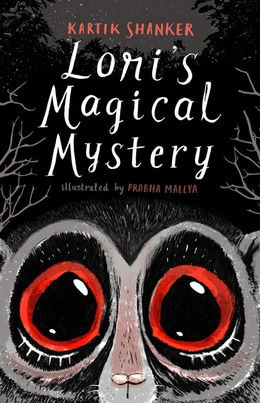

Bangalore
A Look into the Environment of
India's Tech City

Forgotten Animals of the Street
If you ever want to know what Bangalore feels like, what the heart of the city pulsates, I would say it’s a farm and a forest that’s been released into a tech city. With large billboards for diamonds and technologic products, tall buildings of glass and clean lines, there is no doubt Bangalore is a modern city. However, the history of the small market town it used to be is still evident. Cows sleep on piles of dirt made by construction, dogs rove in packs, chickens cluck along the sidewalks, and monkeys steal bottles and snacks from unsuspecting hands.

I’ve asked around, who owns the cows of Bangalore? Locals have one opinion; no one owns them. Strays and street wanderers, they traverse the city in a homeless haze.

The Animal Husbandry Department has another opinion. There are no stray cows.

The urban farmer milks their cow, and then sends them into the streets to graze. This cuts down on the cost of fodder, as well as the need to have range land. The city has desperately tried to cut back on the number of cows that roam the streets. By creating a system of fines, and even a “cow impound lot”, they have tried to make cow owners more responsible.

There are some obvious downsides to this system. Some people never pick up their cows; now the city just has them. Some people are unmotivated to change with such small fees as 600 rupees; it costs much more than that to feed their cow. It is still a net-gain for the farmer to pay the fee and let the cow roam. The main flaw is simply the sheer number of cows that walk the streets. The city hasn’t allocated enough resources to properly combat this issue; it’s invested in other issues.
So what about the dogs?

The thousands and thousands of dogs.

Considered inhumane and a religious atrocity, there is a strict no-kill policy when it comes to the dogs of Bangalore. Grassroots campaigns are investing in mass sterilizations, which then demarcate the dog with a V-shaped cut into their ear. The solution as purposed by the Bruhat Bengaluru Mahanagara Palike (BBMP), or administrative body of Karnataka government dealing with civic infrastructure, is simply adopt.

If every family adopted a stray dog, they claim, then the problem would diminish. Fees are being implemented towards those who feed the animals with food waste; hotels, restaurants, and the like. If there is less food, more sterilization, and more homes, claims the government, the problem will go away. Perhaps it will; over decades of devotion and 12 million households of stray dogs.
Last but not least, I want to remind the public that there were thousands of species in Bangalore before man. Monkeys, bats, birds, and mammals of all shapes and sizes once dominated the landscape.

Pushed into the parks and lake sites, filled with the non-native species of flora.

Urban ecologists, such as members of ATREE (Ashoka Trust for Research in Ecology and the Environment) are working diligently to raise awareness.
Environmental sciences are all but mainstream in a city like Bangalore; but they are still there. After attending several environmental panels in various venues of Bangalore, I was surprised to see more than fifty people attending and paying attention. It may not mean much in a city this big, but it shows there is a brewing force.
Trying to get the public to find value in wildlife is a challenge every ecosystem faces. Why should I care about the rock lizard? Why should I not kill the bat that eats my fruit? Why should I not eat the birds? These, and many others, were questions I’ve faced while discussing this topic with others. A man in the Western Ghats continues to insist the smaller the bird, the bigger the flavor. A farmer still kills the Indian Flying Fox on site to protect his mangoes and bananas. A woman is given the fright of a lifetime when she exits the shopping mall and sees a half-meter-long color changing lizard. Monkeys, though endearing to many, have adapted to the urban environment to the point of a really smart pest. The Indian Wildlife Protection Act does what it can, but it leaves many gaps in the protection it truthfully offers.
The largest light I saw from this region of questioning is the magazine Current Conservation.

Available for free as a PDF, or for a nominal fee by subscription, it’s an attempt to bridge the gap between scientists and the community. Beautiful artwork, of a million different mediums, displays scientific findings. Founded by the director of ATREE, Kartik Shanker, it is an innovation of its own. He has also created several children’s books that try and make information available even to young and developing minds.


Kartik Shanker
http://www.kartikshanker.in/

Looking at the future of animal life in Bangalore seems daunting. From the bats that hide in the urban parks to the dogs that prowl the street, there is no lack of fauna to be found in the city. Alongside them, there is no lack of organizations trying their best. Sterilize dogs, protect and build awareness to wildlife, and create a better cow culture. It’s hard to say where the future will go, but I hope it will always be home to a wide range of biodiversity.
